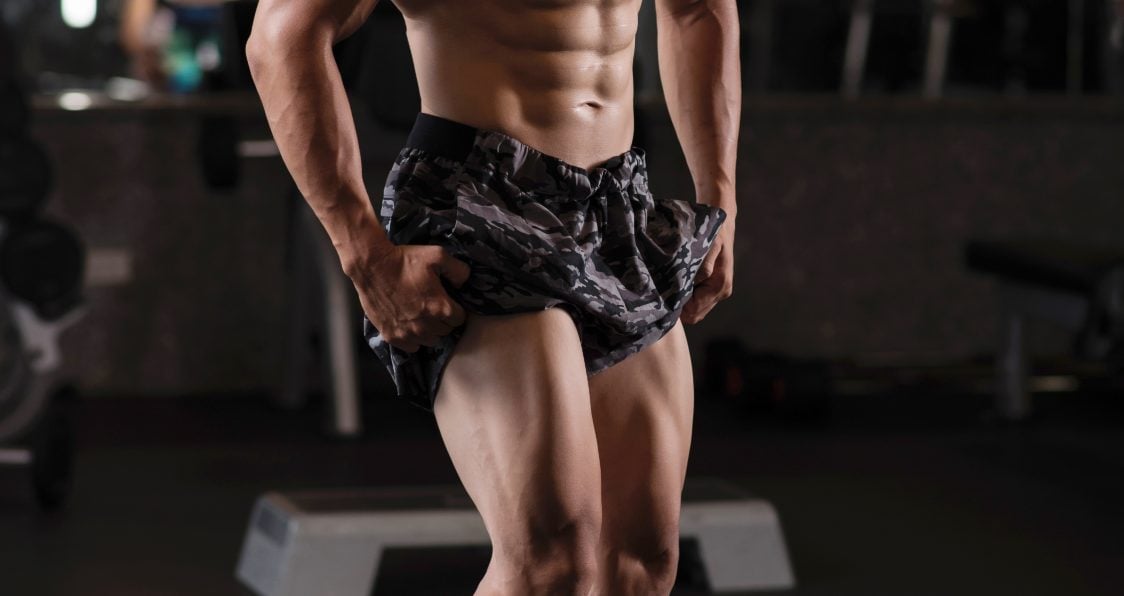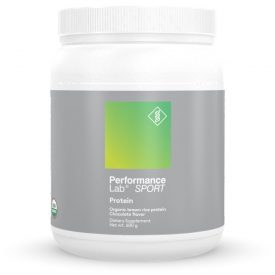The overhead squat will boost lower body growth while giving your whole body a good challenge.
For many of us, finding that one exercise to seriously challenge our gains can be difficult but the overhead squat is certainly one to try. An exercise that can seriously work your whole body, this lift is important to recognize as one to boost all of your gains. Too often do we neglect our lower half, only seeking the vanity that our popping pecs and bulging bis can bring. But having a strong lower half is essential for not just sport specific movements, but everyday ones as well. By not capitalizing on these gains, we are doing ourselves a disservice that we need to change.
Let’s check out the overhead squat and see what this exercise can do for us. From what it is, to the benefits around it, and how to perform it, we’ll help you tackle any and all challenges that come up with this lift. For what it can do for your whole body, especially your lower half, you won’t regret giving this exercise one hundred percent.
What Is The Overhead Squat?
The overhead squat is an exercise that requires your whole body to work together while also being one to seriously boost growth in your lower body. It will work to increase strength, flexibility, mobility, and challenge your balance and coordination. Since this exercise tends to put you in a bit of a vulnerable spot, it can highlight certain weaknesses but will also work to improve them as well. With so much weight overhead, this lift may seem intimidating at first, but once you get going, the gains will keep you coming back for more (1,2).
Muscles Worked
While the overhead squat does tend to work your whole body, its ability to seriously enhance strength and size in your lower half is undeniable. This exercise is great for working your glutes, quads, and hamstrings while also giving your calves some love. For those wondering about the upper body benefits, this lift works your shoulders and upper back for stability of the bar and your core gets great work done for aiding in overall balance of your body.
Benefits Of The Overhead Squat
When it comes to the benefits of this lift, you will really get a well-rounded workout by boosting all areas of your strength and performance with this workout.
Benefits of the overhead squat include:
- Lower body strength: By working many lower body muscles in a squatting motion, you really work for increased strength and size in your lower half.
- Enhanced mobility and stability: This exercise will expose those vulnerable areas when it comes to being stable and mobile but will also help enhance them as you progress with this lift (3).
- Core work: Requiring your core to stay more stable, this lift is great for working your core for better strength (4).
- Shoulder strength: Relying on your shoulders to hold that weight overhead, this exercise will give your shoulders a burn to keep that weight strong and stable.
- Overhead balance and coordination: With so much weight overhead, it requires you to be focused as you look to maximize balance and coordination above your head.
How To Perform The Overhead Squat
Here are the steps for performing the overhead squat:
- Stand with your feet around shoulder-width apart and load the bar on your back as if you were doing a back squat.
- When ready and have a stable grip, lift the bar over your head so you arms are just about locked out and the weight is positioned comfortably over your head.
- With your core engaged, squat down and maintain a neutral spine, keeping your body as grounded as possible.
- Drive through you feet and return to the starting position.
- Repeat for your desired number of reps.
Things To Avoid
When performing this movement, it is important to remain engaged and stable throughout the entire time. Keeping your knees in line and maintaining a neutral back will allow you to keep proper form so you don’t cave your knees in to forward thus putting strain on spots that may lead to injury. Always warm-up before this exercise and really be primed for holding that weight overhead.
Featured Supplement
When it comes to supplementation, having the right products working for you are crucial, especially after a big lift like the overhead squat. Something like a pre-workout or intra-workout BCAA can work wonders for your workout needs pre- and during your workout and a fat burner can ensure you get the best ingredients around to help aid in slimming down. But a protein powder is something to boost that muscle growth and recovery that should not be ignored (5).
Performance Lab SPORT Protein
Performance Lab SPORT Protein is an impressive brown rice protein source that is cleaner than most other protein powders. Great for muscle growth, recovery, and weight loss, this is absolutely a top protein supplement.
Performance Lab SPORT Protein is much cleaner than other protein powders out there. Naturally flavored with organic cocoa, vanilla bean and ceylon cinnamon, this is the best tasting protein powder many customers have tried. Being a brown-rice protein powder, anyone can use it for growth and weight loss for this powder contains great ingredients. Regardless of whether you’re dairy intolerant, vegan, or allergic to soy and gluten, Performance Lab SPORT Protein contains no allergens at all. Supplying 20g protein and only 100 calories per serving, Performance Lab Protein can be easily included in your diet at all times, whether you’re cutting or bulking.
Price: $59.00
Check out our individual review for Performance Lab SPORT Protein here!
Check out our list of the Best Protein Powders for more great protein supplements here!
Wrap Up
The overhead squat is a great exercise for boosting whole body strength, but especially that of your lower half. A real challenge, this lift requires confidence with weight over your head as well as the ability to move freely and get down into an effective squat without putting yourself in a difficult spot. Maintaining good form and balance is key, but this workout won’t disappoint when it comes to those much sought after gains.
Let us know what you think in the comments below. Also, be sure to follow Generation Iron on Facebook, Twitter, and Instagram.
*Images courtesy of Performance Lab and Envato
References
- Bautista, David; Durke, Dustin; Cotter, Joshua A.; Escobar, Kurt A.; et al. (2020). “A Comparison of Muscle Activation Among the Front Squat, Overhead Squat, Back Extension and Plank”. (source)
- Auferoth, Steven J.; Joseph, Jon (1988). “Exercise Techniques: The overhead squat”. (source)
- Chandler, T.J.; Wilson, G. D.; Stone, M. H. (1989). “The effect of the squat exercise on knee stability”. (source)
- Hasegawa, Ian. “Using the Overhead Squat for Core Development”. (source)
- Pasiakos, Stefan M.; Lieberman, Harris R.; McLellan, Tom M. (2014). “Effects of protein supplements on muscle damage, soreness and recovery of muscle function and physical performance: a systematic review”. (source)












